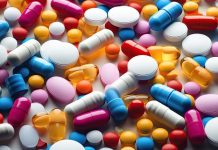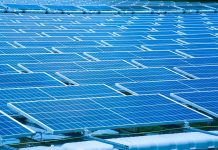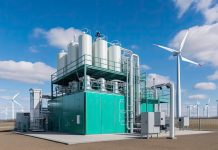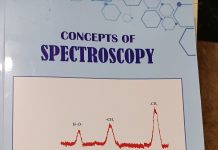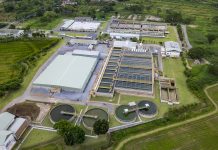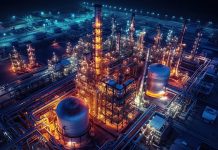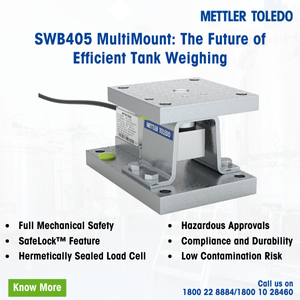LANXESS developed special ion exchange resin grades within its Lewatit UltraPure range that can be used for water treatment in PEM electrolysis (Proton Exchange Membrane Electrolysis). The process, which converts electricity from preferably renewable energies into hydrogen, is regarded as a promising approach to the sustainable production of this precious gas. In this way, fluctuations in wind power and solar radiation can be better compensated.
PEM electrolysis will play an important role in the transition to a hydrogen-based economy. Compared to alkaline electrolysis, the high current density of PEM electrolysis allows hydrogen to be produced in smaller systems. Another advantage: hydrogen filling stations can be connected directly to the high-pressure outlet.
The process is now so well developed that it enables highly efficient production in the megawatt range. This requires continuous purification of the process water. LANXESS recommends its Lewatit UltraPure 1242 MD (Strong Base Anion exchange resin, SBA), Lewatit UltraPure 1212 MD (Strong Acidc Cation exchange resins, SAC) and Lewatit UltraPure 1295 MD ion exchange resins, which are optimized for this application, to ensure low TOC (Total Organic Carbon) throw.
As per the press release, LANXESS’s Liquid Purification Technologies (LPT) business unit is in talks with renowned gas producers to establish standards for efficient water treatment in PEM electrolysis plants. Hans-Juergen Wedemeyer, Technical Marketing Manager at LPT said, “Our technical expertise, combined with our high-performance ion exchange resins, support the water purification process for systems. Preliminary application test results enable the plant conditions to be simulated and the state-of-the-art Lewatit UltraPure ion exchange resins to be optimally used. LANXESS is thus supporting a sustainable, climate-friendly energy supply”.


